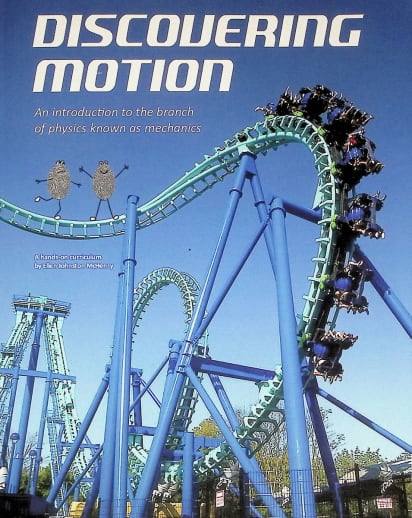Discovering Motion: An Introduction to Mechanics provides students with an adventure of a lifetime as they read a fun, time travel narrative and clearly explained text, stopping along the way to complete a variety of integrated activities. Varied activities include a dedicated You-Tube® Playlist, hands-on experiments, student worksheets with review questions, math problems, songs to learn and more. The Discovering Motion: Introduction to Mechanics book is an all-in-one resource that is divided into 2 sections: Student and Teacher. The student section includes textual reading, hands-on activities, student activity pages and templates; while the teacher’s section provides answers, optional quizzes, and additional activity suggestions. There are numerous tools and materials that you will need to purchase. Items can often be found around your house or easily found online and are chosen for their ease of use in a home-setting. An optional, Student Text is available and includes the textual readings with integrated hands-on activities for additional students if desired. Discovering Motion: An Introduction to Mechanics is an engaging, cost-effective science course for families to learn science together.
Book topics include center of mass, simple machines, mechanical advantage, levers, pendulums, oscillation, inertia, mass, weight, newtons, static and kinetic friction, gravity, velocity/terminal velocity, acceleration, big G, Newton's laws, momentum, collisions, Cartesian grid, graphing, parabolic, and uniform circular motion, centripetal force, kinetic/potential energy, and much more.

